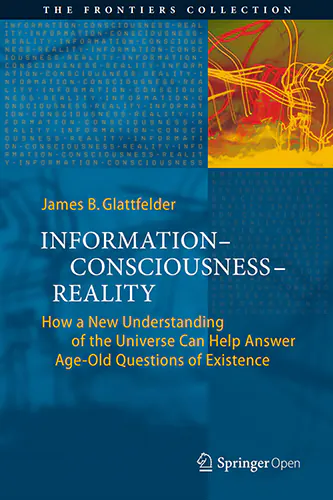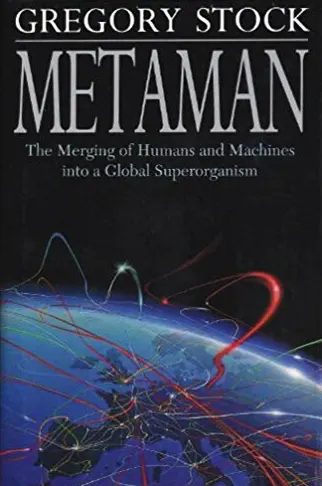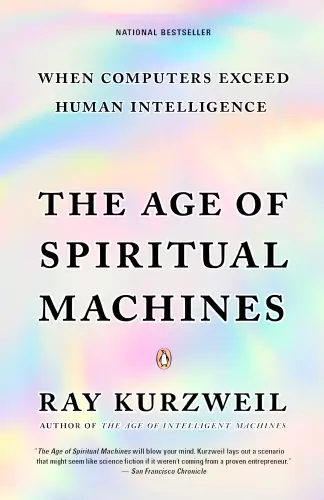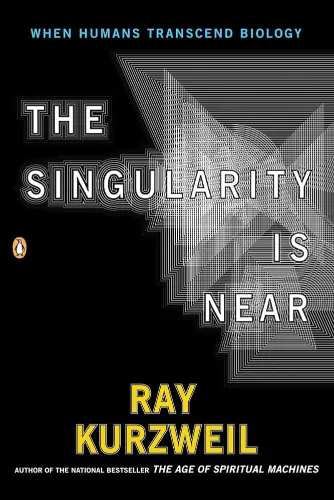The Library of Consciousness
of Consciousness
Gödel, Escher, Bach (1979)
A Beautiful Loop
Laukkonen and Chandaria propose that consciousness arises from a recursive brain process involving three key elements: a reality model, competitive inferences reducing uncertainty, and a self-aware feedback loop. This framework explains various states of awareness, including meditation, psychedelic experiences, and minimal consciousness. It also offers insights into artificial intelligence by connecting awareness to self-reinforcing predictions. The authors’ theory suggests that consciousness emerges when the brain’s reality model becomes self-referential, creating a “knowing itself” phenomenon. This recursive process underlies different levels of conscious experience and potentially informs AI development.

Information — Consciousness — Reality
This open access book chronicles the rise of a new scientific paradigm offering novel insights into the age-old enigmas of existence. Over 300 years ago, the human mind discovered the machine code of reality: mathematics. By utilizing abstract thought systems, humans began to decode the workings of the cosmos. From this understanding, the current scientific paradigm emerged, ultimately discovering the gift of technology. Today, however, our island of knowledge is surrounded by ever longer shores of ignorance. Science appears to have hit a dead end when confronted with the nature of reality and consciousness. In this fascinating and accessible volume, James Glattfelder explores a radical paradigm shift uncovering the ontology of reality. It is found to be information-theoretic and participatory, yielding a computational and programmable universe.

Metaman
In this visionary book, Gregory Stock gives us a new way of understanding our world and our future. He develops the provocative thesis that human society has become an immense living being: a global superorganism in which we humans, knitted together by our modern technology and communication, are like the cells in an animal's body. Drawing on impressive research, Stock shows this newly formed superorganism to be more than metaphor: it is an actual living creature, which he has named Metaman, meaning beyond and transcending humans.
Religion For The Hell Of It
Wilson dismantles the absurd claims of religious and political authorities. His core message is a call to intellectual rebellion: since the world is fundamentally chaotic and run by fools, you must trust your own conscience. Question all dogma, laugh at the absurdity, and become the pope of your own personal religion.

The Age of Spiritual Machines
Imagine a world where the difference between man and machine blurs, where the line between humanity and technology fades, and where the soul and the silicon chip unite. This is not science fiction. This is the twenty-first century according to Ray Kurzweil, the “restless genius,” “ultimate thinking machine,” and inventor of the most innovative and compelling technology of our era. In his inspired hands, life in the new millennium no longer seems daunting. Instead, it promises to be an age in which the marriage of human sensitivity and artificial intelligence fundamentally alters and improves the way we live.
The Coming Technological Singularity
Within thirty years, we will have the technological means to create superhuman intelligence. Shortly after, the human era will be ended. Is such progress avoidable? If not to be avoided, can events be guided so that we may survive? These questions are investigated. Some possible answers (and some further dangers) are presented.
The Omega Point as Eschaton
Frank Tipler presents an outline of the Omega Point theory, which is a model for an omnipresent, omniscient, omnipotent, evolving, personal God who is both transcendent to spacetime and immanent in it, and who exists necessarily. The model is a falsifiable physical theory, deriving its key concepts not from any religious tradition but from modern physical cosmology and computer science; from scientific materialism rather than revelation. Four testable predictions of the model are given. The theory assumes that thinking is a purely physical process of the brain, and that personality dies with the brain. Nevertheless, he shows that the Omega Point theory suggests a future universal resurrection of the dead very similar to the one predicted in the Judeo-Christian-Islamic tradition. The notions of “grace” and the “beatific vision” appear naturally in the model.

The Singularity is Near
Ray Kurzweil predicts a future where artificial intelligence surpasses human intelligence, triggering an era of rapid technological growth. He argues that advancements in AI, nanotechnology, and biotechnology will merge humans with machines, leading to superintelligent beings and even digital immortality. This "Singularity," expected by the mid-21st century, will radically transform society, solving problems like disease and aging while raising profound ethical questions. Kurzweil’s vision is bold, controversial, and thrilling—painting a future where humans evolve beyond biology itself.